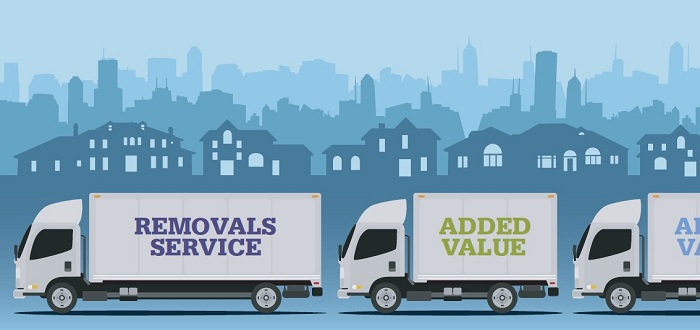
The same man walks into a car dealership and asks for the best deal on a new £20,000 car. Not so ridiculous now is it, that’s what we’d all do right? So how does the salesperson respond? Well, for many, they’d perceive ‘deal’ to mean price – but for a few, slightly cheeky, maybe a bit more enlightened, bolder and more confident ones, they may answer with something around the value add – for instance, how quickly you can deliver, what extras you might include, or the factory trained technicians in the service department.
Back to the Mars Bar scenario. I don’t know about you, but I’ve never questioned the price of such a commodity and equally, I’ve never left a shop having only spent 65p on one item – I’d generally buy a drink, a newspaper, stamps and so on. All the stuff your little local shop sells that adds value to you. Can you think of a petrol station these days that just sells fuel? No, because everything else adds value to the busy, time poor, traveller. But of course these items are commodities and I can buy them in many different places, so I don’t give it much thought. On the other hand when I buy a car, a holiday, or make another major purchase – like moving house for example – I want the best deal!
So, here’s my first and biggest tip. If you are solely competing on price, your product is a commodity or in other words, I can buy it anywhere. If however, you compete on value and added value then your product or service becomes more thought provoking, maybe even more attractive. There is definitely a slow but steady move towards wanting more value rather than merely a low price – especially as we all become more digitally savvy. Can it mean then that as salespeople, the price perception is one of our own making?
Here’s another tip. Watch out for the customer journey. Or, more specifically the changing customer journey. When my young family and I moved house the last time (15 years ago) we found a moving firm through Yellow Pages (what ever happened to them?) and sought affirmation from local friends and work colleagues on their recommendations too. If we were to move house now though – there’s only one place I’d look, the Internet. Google search first, pick a couple of sites, warm to the most engaging, easiest to navigate ones, check out some reviews and customer feedback, make an enquiry or pick up the phone. It’s during the last bit of the journey when my decision will be made, based on some simple value adding points:
-
Did they respond, turn up and understand me and my needs in the way their website promised?
-
Do I feel this person / company gets me and my needs and do I feel I could trust them and their team with my stuff.
-
What products and services will I get that add-value to my move? So, alongside packing, insurance, etc., what about flexibility and understanding for the inevitable delays and trauma that may be involved on the day? Having done it three times I still get shivers now about moving house.
-
Does this salesperson/representative make me feel valued and enable me to feel safe and secure that this is one major thing in the move that I don’t have to worry about?
-
Is the price lower or equal to the value I feel I’m getting? If not, then the only comparator that the company has for me to consider is price.
Working across a number of sectors as I do, I can only look at this from the customer’s perspective. Is price a factor? Of course it is – but of greater importance to me now and to all of my customers, is the value I’m getting and the little (and some not so little) extras, activities, items that add-value.
What I do recognise is that selling from a position of adding value, rather than on price is a very specific and important mind and skill-set. Fortunately it is trainable. Here’s a few tips;
-
Set the expectations – i.e. your stall – out early on. In a friendly and helpful way, signpost or describe the picture for your client and sow seeds of the areas where you add value.
-
Look for lots of clues from the customer – for a mover it might be; valued possessions, limited time, awkward access points, a foreign exchange money service for moving abroad, etc. - things where you can add value.
-
Think about how your service will Save, Solve, Increase or Improve something for the customer – these are the areas where added value can be quantified.
-
Be honest, friendly and welcoming. Sounds obvious, but trust me – as an ex car-salesman – I see and hear so much about what can’t be done or what is difficult – this does not add value to the customer, it only gives them problems.
-
Be genuinely interested in your customer as this is how they’ll measure how you made them feel – probably the most critical factor in any customer feedback and their perception of value added.
Here’s one last thought for removals companies, especially as the transactions with many of your customers may be few and far between.
People will forget what you said and what you did, but they’ll never forget how you made them feel.
www.sswassociates.co.uk